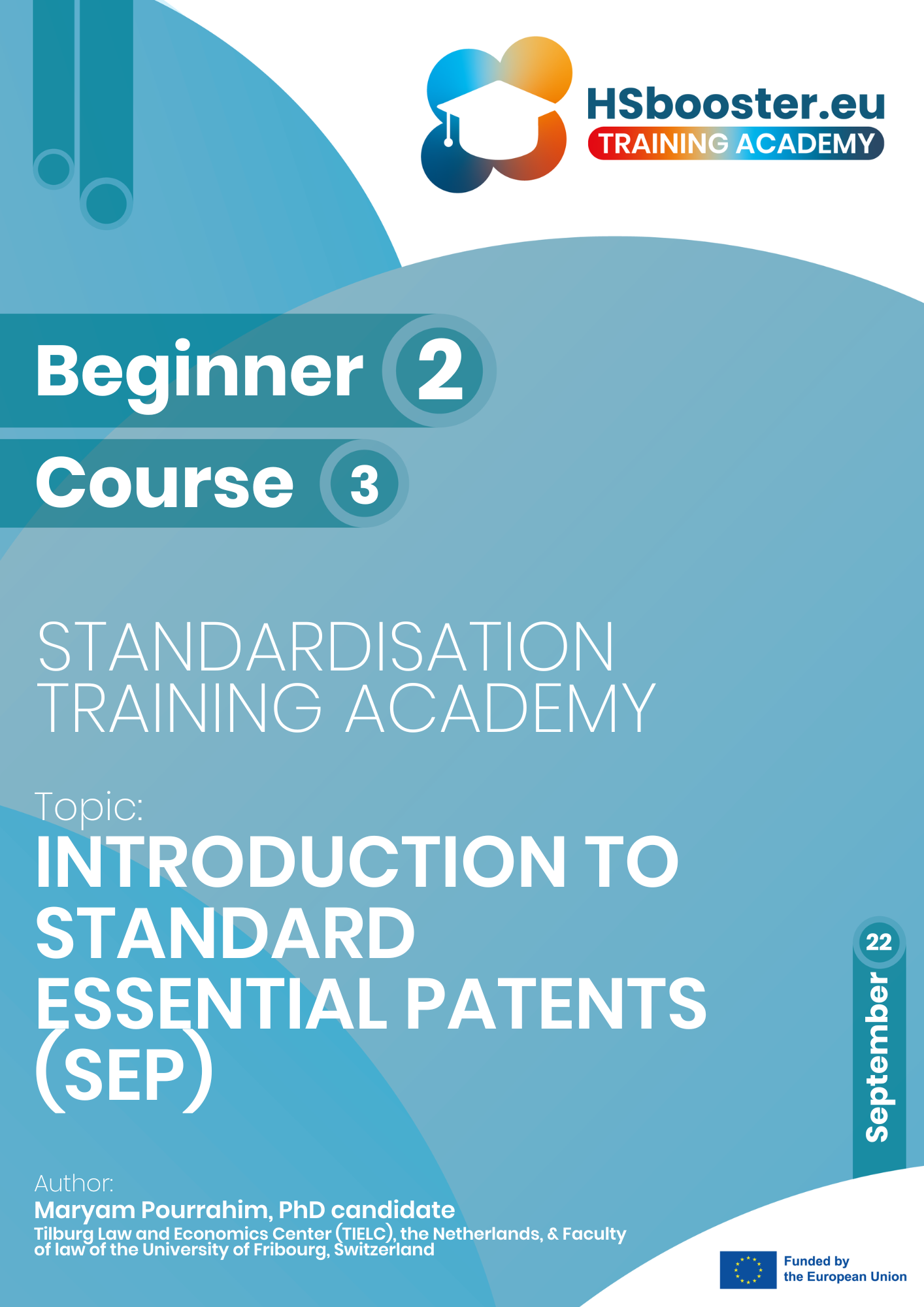- Beginner 2, Course 3
In today’s world, the interplay between standards and patents is crucial for innovation, growth, and development. Assets of technical descriptions of product features, and standards vastly disseminate technologies amongst producers and users, simplify the production of end-use items, and ultimately enable interoperability. They themselves are not patentable, however, products manufactured in accordance with them, i.e., standards-compliant products, generally satisfy the statutory requirements for patent protection. By contrast, patents, as a strong form of monopoly, are to empower innovative R&D investors to gain an adequate return on their investment.
After completing this module, you should be able to:
- Understand that interplay between standards and patents is crucial for innovation, growth, and development;
- Explain why it is impossible to manufacture standard-compliant products, such as smartphones, without using technologies covered by SEPs;
- Understand that once a technical patent becomes essential, it is clear that the standard implementers would prefer to use it at no or a very low cost;
- Understand that once a technical patent becomes essential, SEP holders, who have invested heavily in their patent, seek a beneficial quid pro quo; and
- Explain that device interoperability is guaranteed when SEP holders provide standard implementers with licensing agreements concluded on fair, reasonable, and non-discriminatory terms (e.g. also known as a FRAND term).

Beginner 2
Training Courses
Tilburg Law and Economics Center (TIELC), the Netherlands

